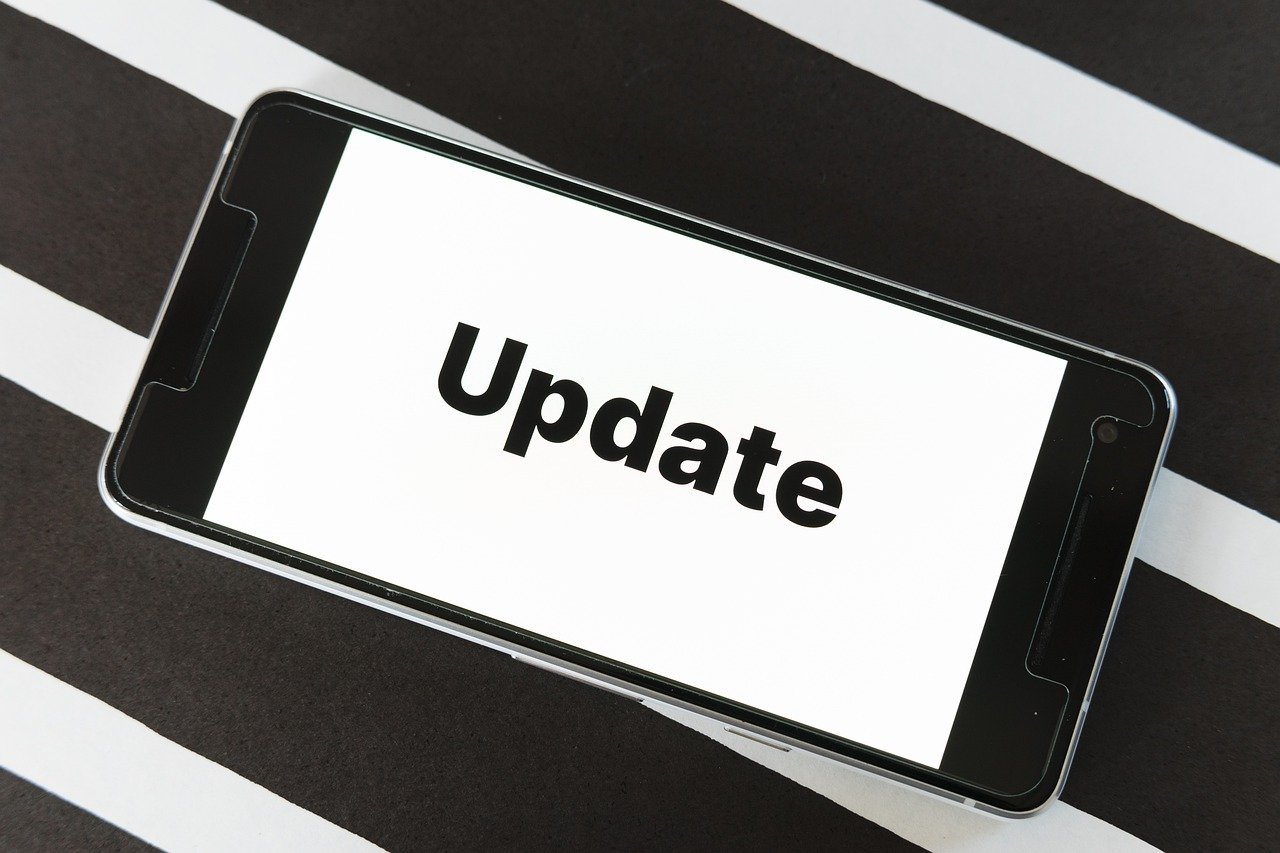At Columbus Circle, only one of the 40 shops that opened in its underground market eight years ago is still open today. At Fulton Center, the decade-old mall in a Lower Manhattan subway station is nearly vacant. In Midtown, empty storefronts line the Port Authority and Rockefeller Center stations.
The state of retail in New York City’s vast underground subway system is, in a word, bleak.
Nearly three-quarters of spaces in the transit network are empty, according to the Metropolitan Transportation Authority, a downward trend that began before the coronavirus pandemic but was exacerbated by it and the rise of remote and hybrid work.
For travelers, the empty storefronts have created a sense of unease and urban decay. Some doors have been locked with chains, their windows covered with for-lease signs. Others have discarded items like restaurant supplies strewed about. Homeless people have taken over empty corners of retail areas and sleep in stairwells.
For the authority, the surplus of space means a continuing decline in retail revenue at a time when the agency — which runs the country’s largest transit system of buses, subways and trains — recently lost a projected $1 billion in annual revenue with the abrupt cancellation of congestion pricing.
The state agency is trying to reimagine how to fill the vacant spaces, including with noncommercial solutions, like art displays and dedicated spaces for buskers.
For some of the owners of the now-closed shops, the empty spaces represent an unrealistic expectation of who was going to stop to shop in the middle of their commute.
Thank you for your patience while we verify access. If you are in Reader mode please exit and log into your Times account, or subscribe for all of The Times.
Thank you for your patience while we verify access.
Already a subscriber? Log in.
Want all of The Times? Subscribe.

